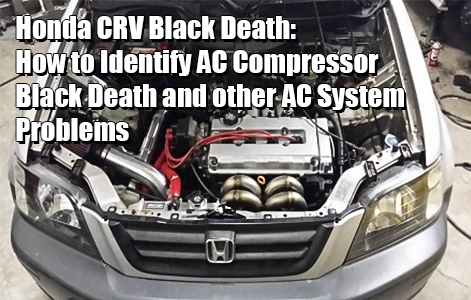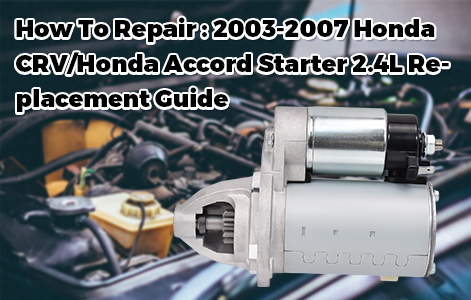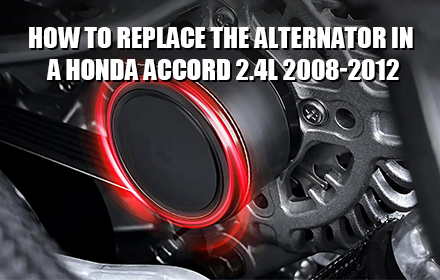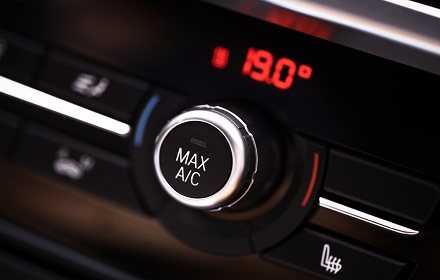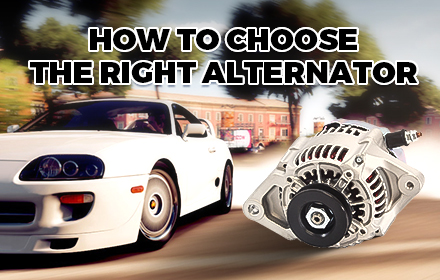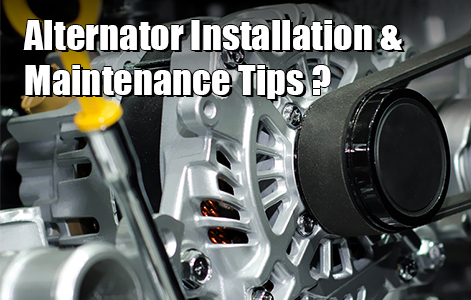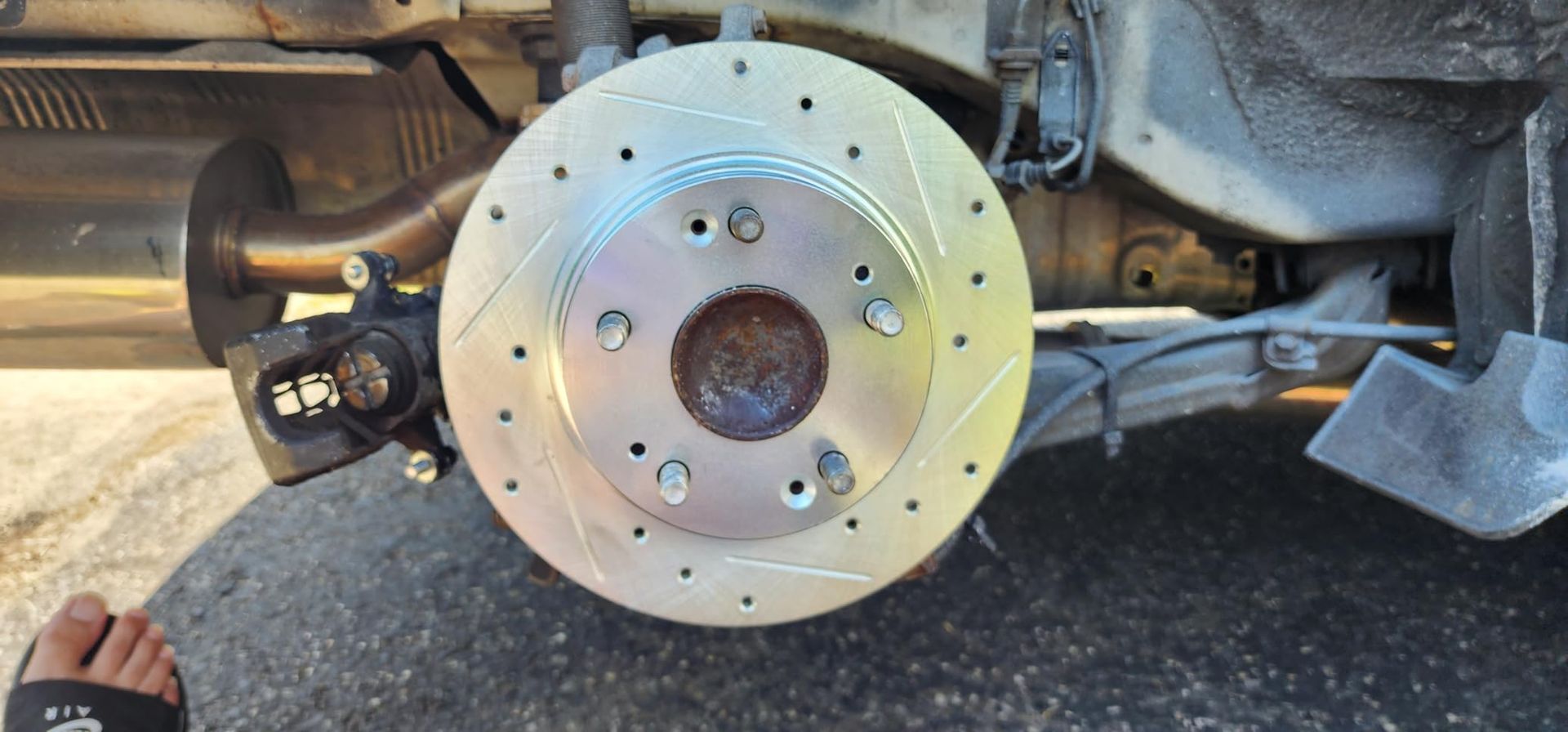
Choosing to replace both brake pads and rotors meanwhile can brings lots of benefits, like improved performance, cost efficiency, and overall driving satisfaction. Ensuring these essential brake parts work together seamlessly is important for maintaining a dependable and secure braking system in the long run.
Optimal Performance
Installing new brake pads on worn rotors or vice versa can compromise braking efficiency. Simultaneous replacement ensures that both components complement each other, optimizing friction and responsiveness for effective braking. Improved performance means quicker response times, especially in emergency situations.
Uniform Wear
Replacing only one part, either brake pads or brake rotors, can lead to uneven wear on the remaining older part. This imbalance may cause the vehicle to pull to one side during braking, resulting in an inconsistent–and potentially unsafe–driving experience. Simultaneous replacement ensures that both components have a similar level of wear, minimizing vibrations and providing a smoother ride.
Component Longevity
Matching the lifespan of brake pads and rotors by replacing them at the same time ensures that both components age uniformly. This balanced wear pattern contributes to an extended overall lifespan of the braking system. Replacing only one component may expose the new part to the wear patterns of the old one, potentially leading to premature wear and reducing the longevity of the braking system.
Cost Efficiency
While replacing brake pads or rotors individually might seem like a cost-saving approach, it can often lead to additional labor charges down the road. Simultaneous replacement eliminates the need for separate installations, saving on labor costs in the long run. Unmatched components may lead to complications and additional costly repairs. By replacing brake pads and rotors at the same time, you minimize the risk of these issues and ensure a more cost-effective solution.
Top Tips To Help Maintain Your Brakes
Check Rotor Thickness
Although it’s recommended to replace brake pads and rotors at the same time, they are ultimately two separate parts and can be worn differently, so it’s important to check rotor thickness as part of your inspection. Rotors must maintain a certain thickness in order to deliver proper stopping power, avoid warping and deliver proper heat dissipation. If rotors aren’t measuring thick enough, you’ll know immediately that they should be replaced, no matter the condition of the pads.
Check Brake Pad Wear
Regardless of the condition of the rotors, you must also check the brake pads for condition and wear. Brake pads can wear in specific patterns that may indicate problems with the braking system, poor rotor condition and more, so paying close attention to the condition of the brake pads, as well as any wear patterns you can detect, is key. If pads are worn, or worn in specific patterns, past the point of safety, they should also be replaced regardless of the condition or age of the rotors.
While there are different voice of thought on this paired part replacement, at Hex Auto Parts, we always recommend replacing brake pads and rotors at the same time to keep the vehicle in peak working order, and more importantly, to ensure the braking system delivers the safest and most reliable stop possible. So all brake rotors kit for sale here included brake pads. Before purchase, please use the "Year Make Model" tool save you time and hassle and double check the Outer Diameter of your old rotors, ensure the new rotors size are the same. Performing a proper break-in process after installation is crucial. It helps your new brakes settle in, optimization between brake pads and rotors. This in turn, enhances braking ability and reduces unwanted noises.
Read More: How To Change the Brake Pads and Rotors in Your Car?
